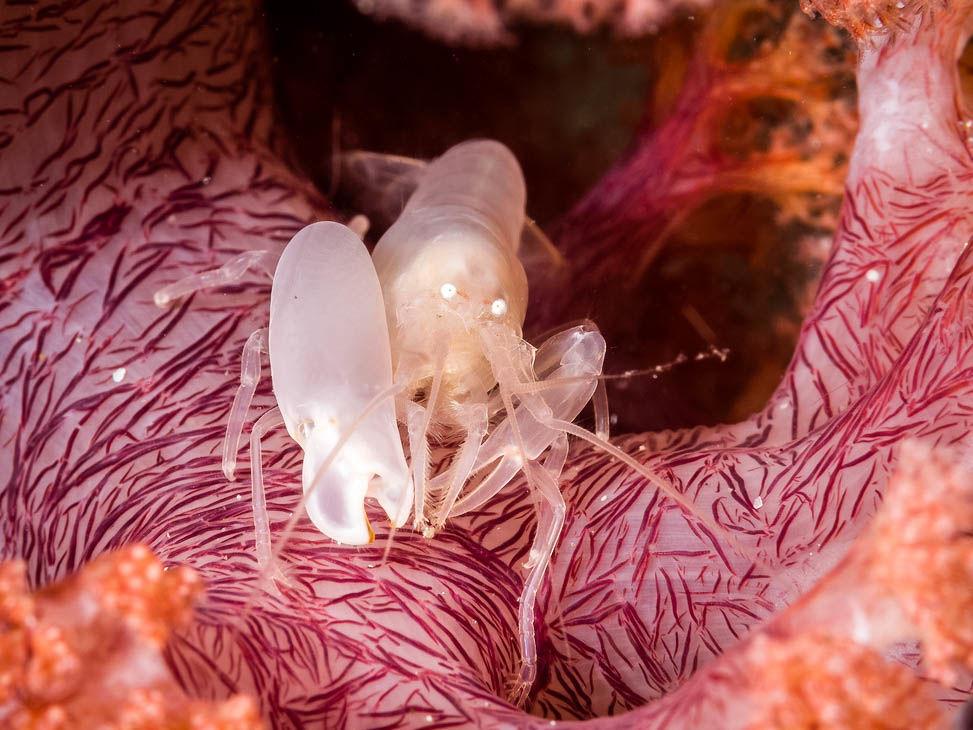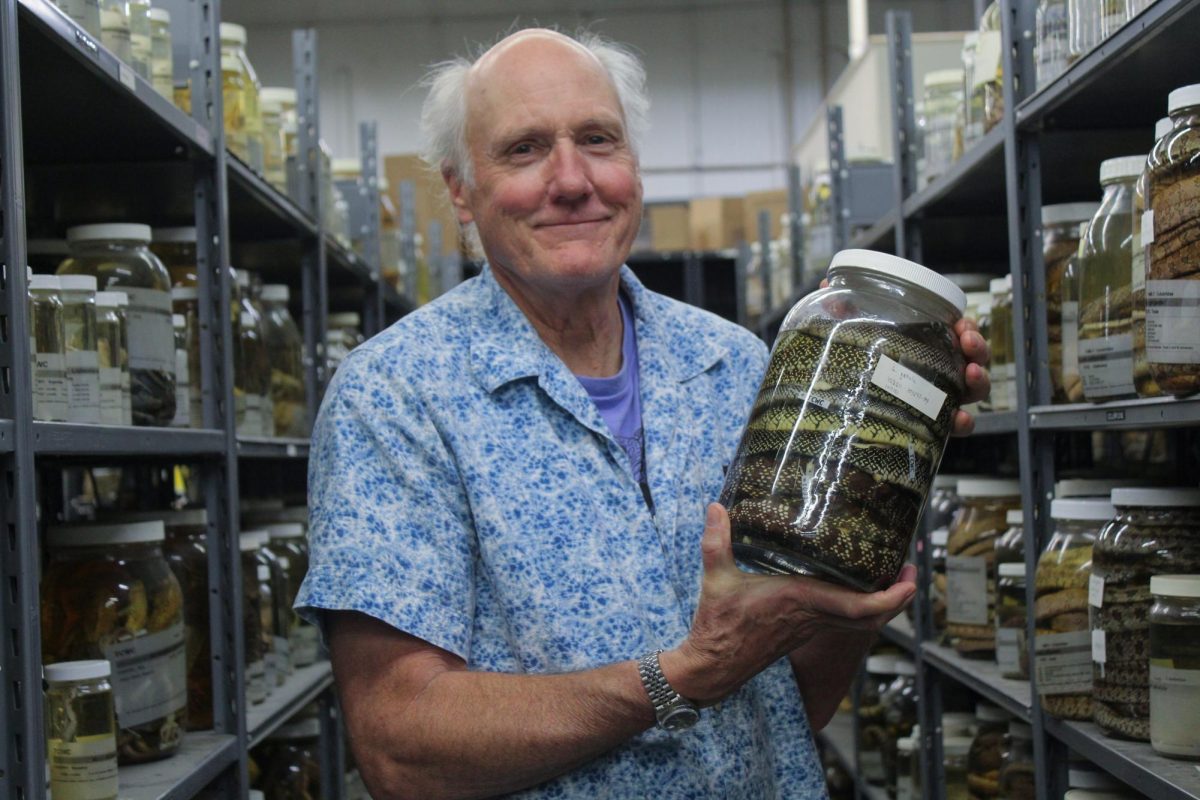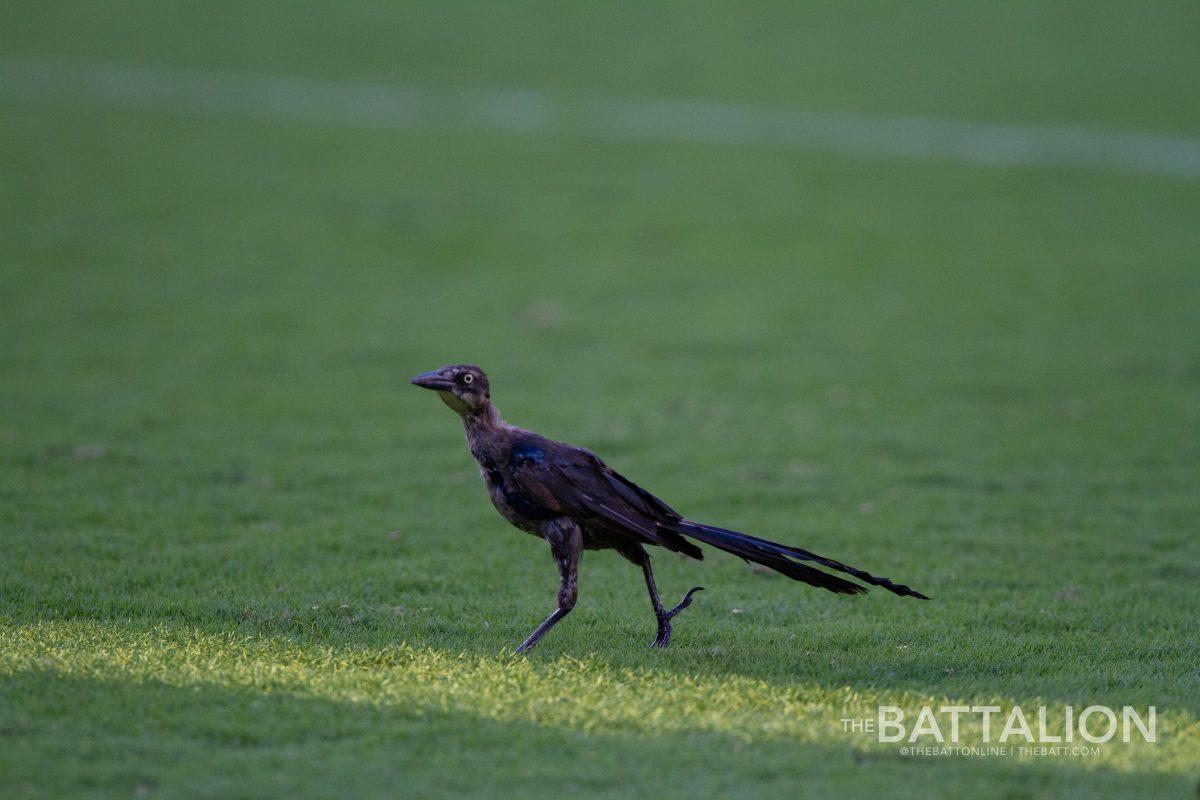When it comes to the world of science, discoveries and breakthroughs are made every day. To help you keep up with them, The Battalion compiles a few of the most compelling scientific stories from the past week.
Health: Progress made with the potential curing of second HIV patient
Up until recently, it was believed that only one individual, Timothy Brown, had been cured of HIV following two bone marrow transplants in order to treat his leukemia. The donor had tested positive for homozygous CCR5∆32, which is a mutation that protects against the HIV virus.
However, all attempts to replicate the process have failed, until recently, when researchers in London reported that their patient had sustained remission from the virus after being off medication for 18 months. The patient had a cell transplant in 2016 in order to treat their Hodgkin’s lymphoma. Although it is too early to say that the patient is cured, it seems to be a step in the right direction.
Biophysics: Shrimp claw replica ale to produce plasma
Snapping shrimp are known for being able to close their claws at incredible speeds, being able to generate shock waves, in order to stun their prey. Following a snap, temperature and pressure greatly increase, to the point of being able to produce plasma.
After scanning the claw of a snapping shrimp, scientists were able to 3-D print a model that was five times the size of the original claw. The replica was successful in being able to produce plasma. The study was co-authored by mechanical engineer David Staack from Texas A&M, and shows potential to use plasma in order to disinfect water.
Biology: India’s starry dwarf frog genetically isolated
In the forests of India, a new frog species has been discovered. However, it is not only a new species that has been discovered, but a new genus and, possibly, a new family as well.
The frog was originally found in 2010, and dubbed the starry dwarf frog due to its brown back being covered with white spots. A recent analysis of its DNA by researchers showed that it has no close relatives amongst the other frogs found in India, catching the eye of many scientists. The frog was properly named Astrobatrachus kurichiyana, and holds the heavy weight of a unique lineage in its tiny shoulders.
Curing HIV, creating plasma and new species: This Week in Science
March 18, 2019
Photo by Creative Commons
A snapping shrimp claw has been 3-D printed and started producing plasma.
0
Donate to The Battalion
$2065
$5000
Contributed
Our Goal
Your donation will support the student journalists of Texas A&M University - College Station. Your contribution will allow us to purchase equipment and cover our annual website hosting costs, in addition to paying freelance staffers for their work, travel costs for coverage and more!
More to Discover














